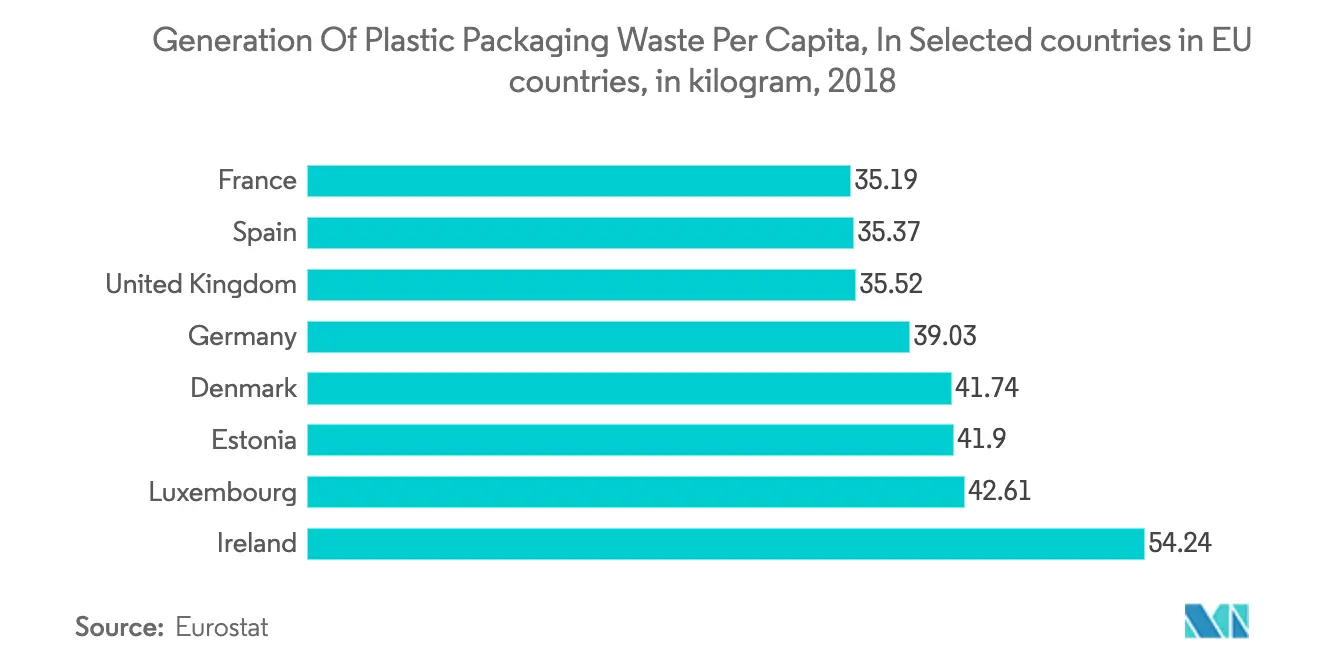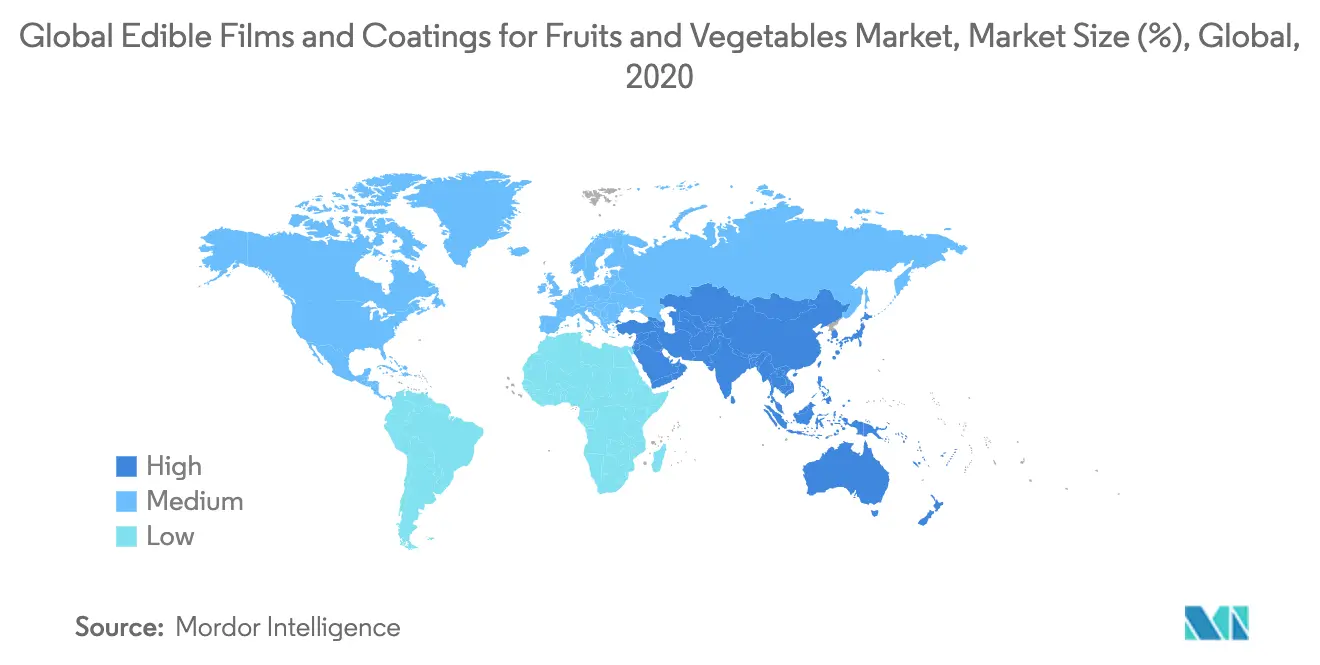Market Trends of Global Edible Films and Coatings for Fruits and Vegetables Industry
This section covers the major market trends shaping the Edible Films & Coatings for Fruits & Vegetables Market according to our research experts:
Increasing Demand for Edible Packaging as an Alternative to Plastic Packaging
The demand for edible films and coatings is driven by the need for the complete biodegradation of plastics. The rise in demand for edible packaging, backed by an improved focus on R&D, is also driving the overall market for edible films and coatings, globally. Plastics advertised as oxo-biodegradable are made from conventional plastics and mixed with additives to mimic biodegradation. However, the main effect of oxidation is a mere fragmentation of the material or product into small particles that remain in the environment. Thus, regarding reduced wastage and improved shelf life of fruits and vegetables, several companies are launching edible packaging to extend their shelf life. For example, the United States-based start-up, Apeel Sciences, created an edible nature-inspired coating for fruits, Apeel, to tackle food waste, plastic packaging waste and provide up to 2 times the shelf-life in the overall food industry. Apeel is made from edible materials found in the skins, peels, and seeds of plants. It adds a little extra peel on produce to slow the water loss and oxidation rate - the primary causes of spoilage. That extra peel is completely edible, tasteless, and safe to eat. Therefore, increasing environmental safety awareness, especially related to packaging degradability issues, has resulted in the launch of various edible packaging products.

Asia Pacific Remains the Largest Market
Fruits are among the most important horticulture commodities produced in the region, with high production and export in countries, like China and India. In the region, antimicrobial agents are successfully added to several edible composite films and coatings, based on polysaccharides or proteins, such as starch, cellulose derivatives, chitosan, alginate, fruit puree, whey protein isolated, soy protein, egg albumen, wheat gluten, or sodium caseinate, to keep the fruits and vegetable fresh. In China, Xanthan gum is one of the most commonly used edible coatings on fruits and vegetables, giving rise to high demand for polysaccharide-based films and coatings in the country. The component is used for its favorable characteristics, as it forms a highly viscous solution in cold or hot water, even at low concentrations. It is stable over a wide range of pH and temperatures and resistant to enzymatic degradation.


